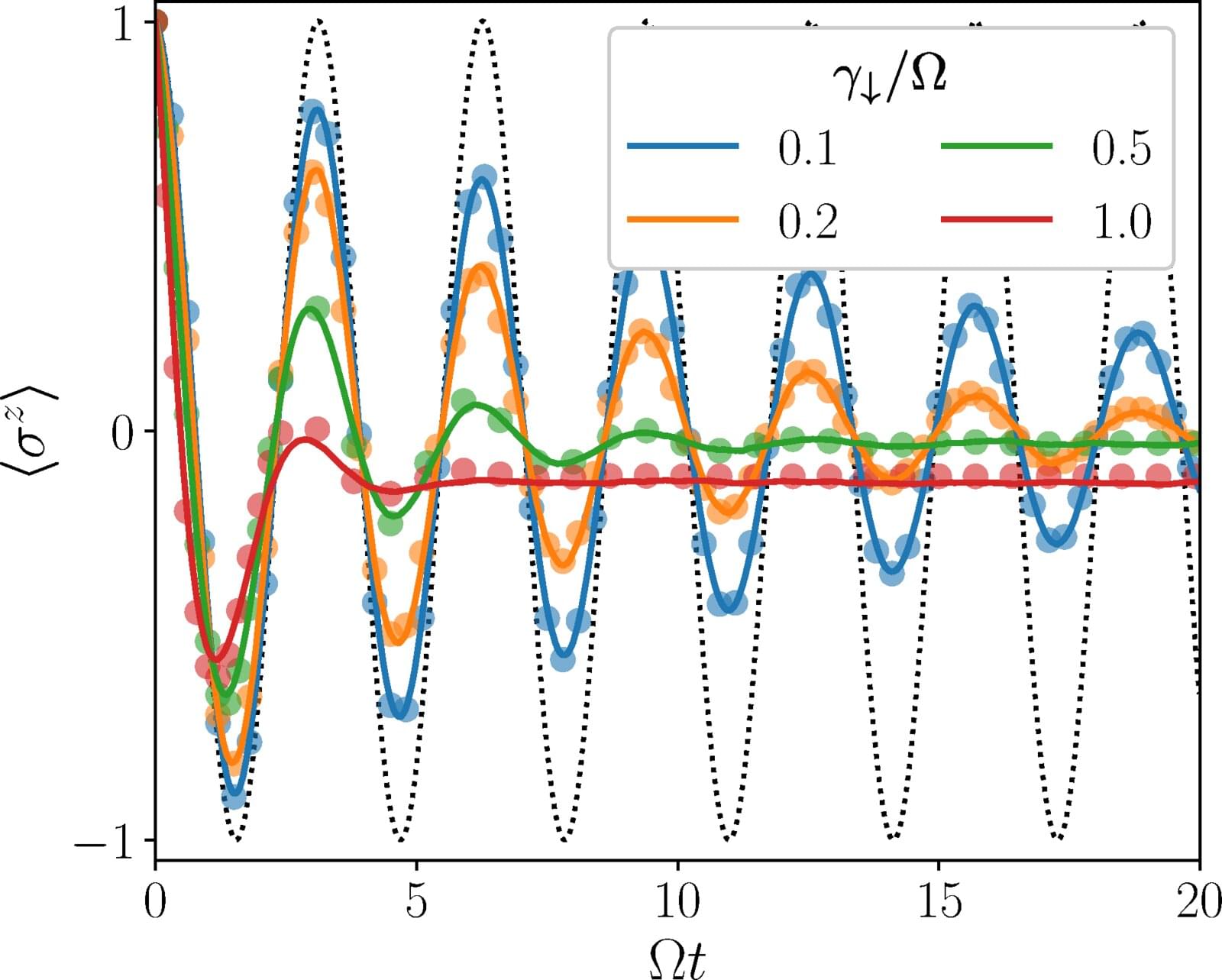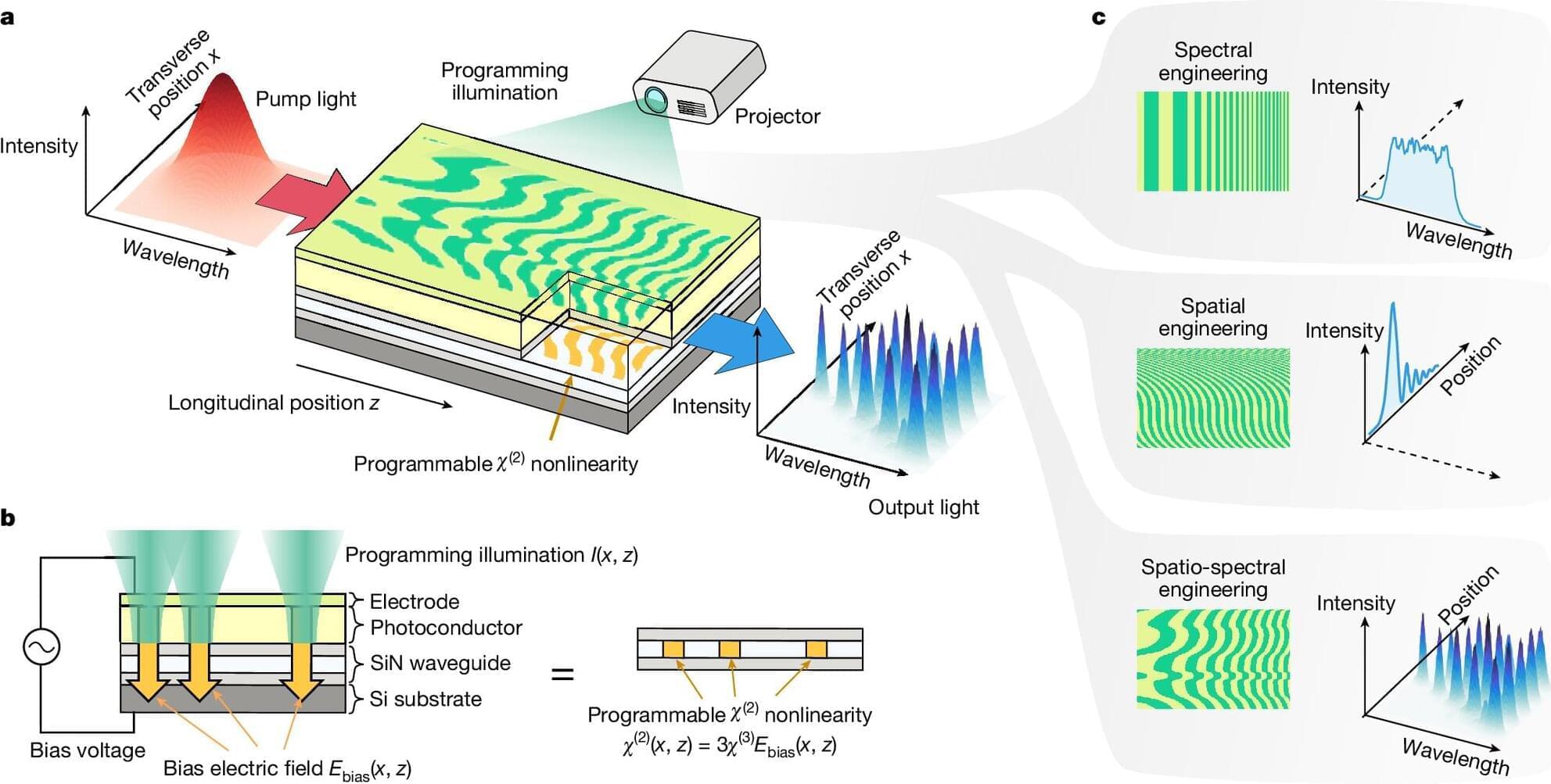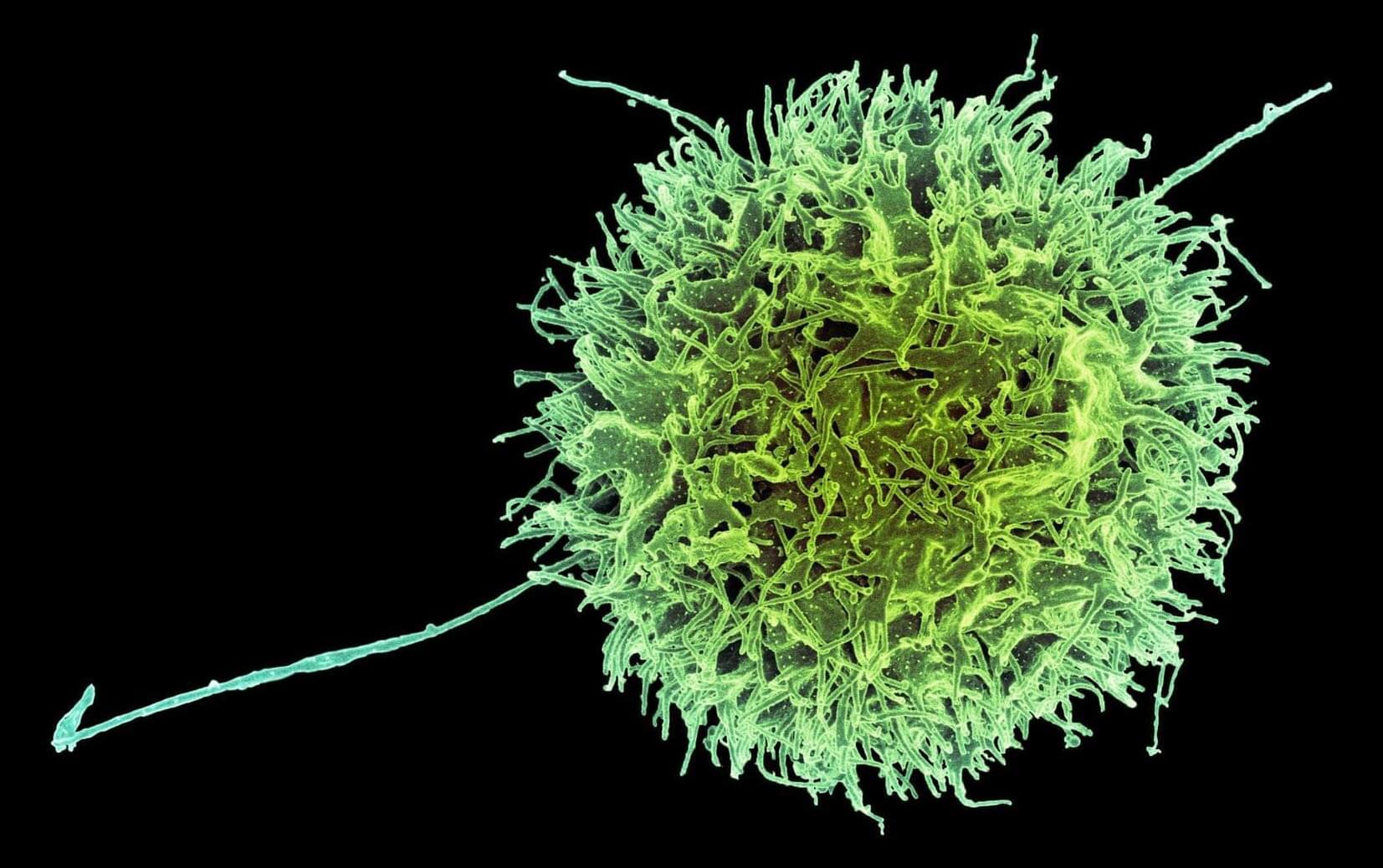For decades, it’s been known that subtle chemical patterns exist in metal alloys, but researchers thought they were too minor to matter—or that they got erased during manufacturing. However, recent studies have shown that in laboratory settings, these patterns can change a metal’s properties, including its mechanical strength, durability, heat capacity, radiation tolerance, and more.
Now, researchers at MIT have found that these chemical patterns also exist in conventionally manufactured metals. The surprising finding revealed a new physical phenomenon that explains the persistent patterns.
In a paper published in Nature Communications today, the researchers describe how they tracked the patterns and discovered the physics that explains them. The authors also developed a simple model to predict chemical patterns in metals, and they show how engineers could use the model to tune the effect of such patterns on metallic properties, for use in aerospace, semiconductors, nuclear reactors, and more.









